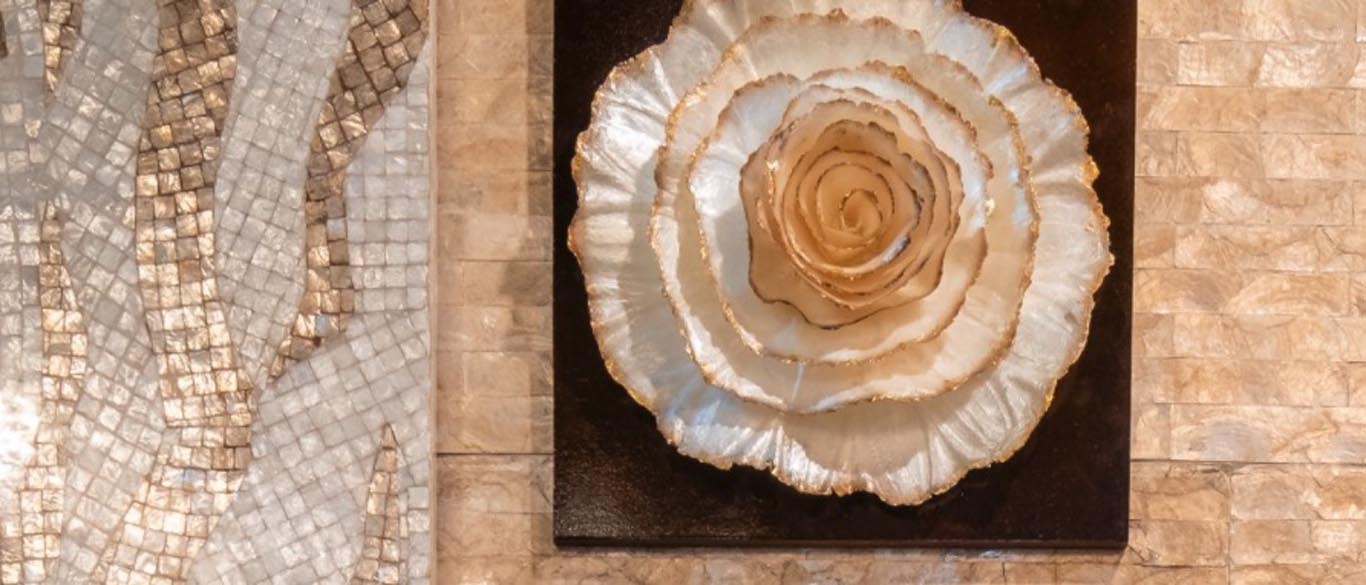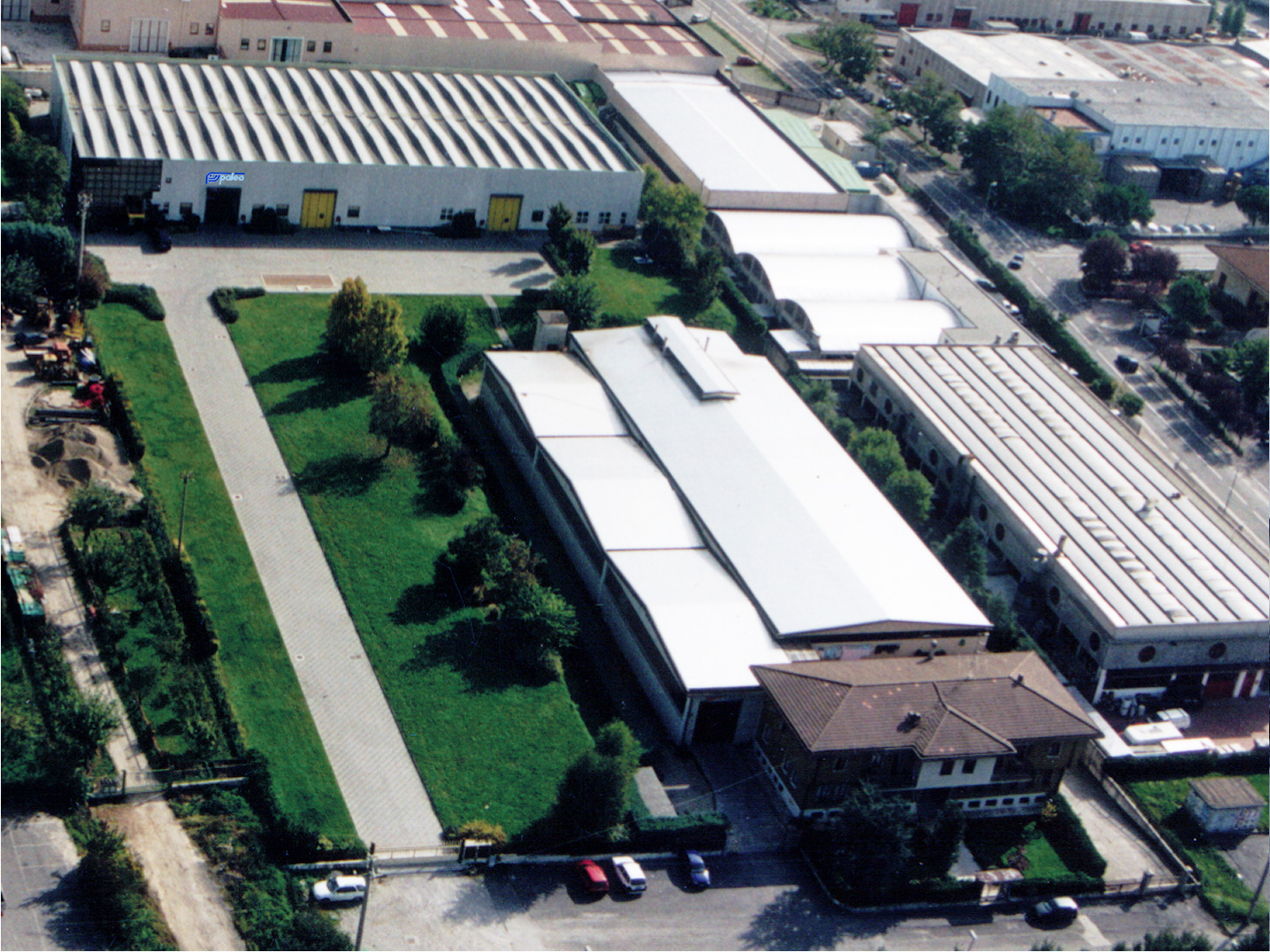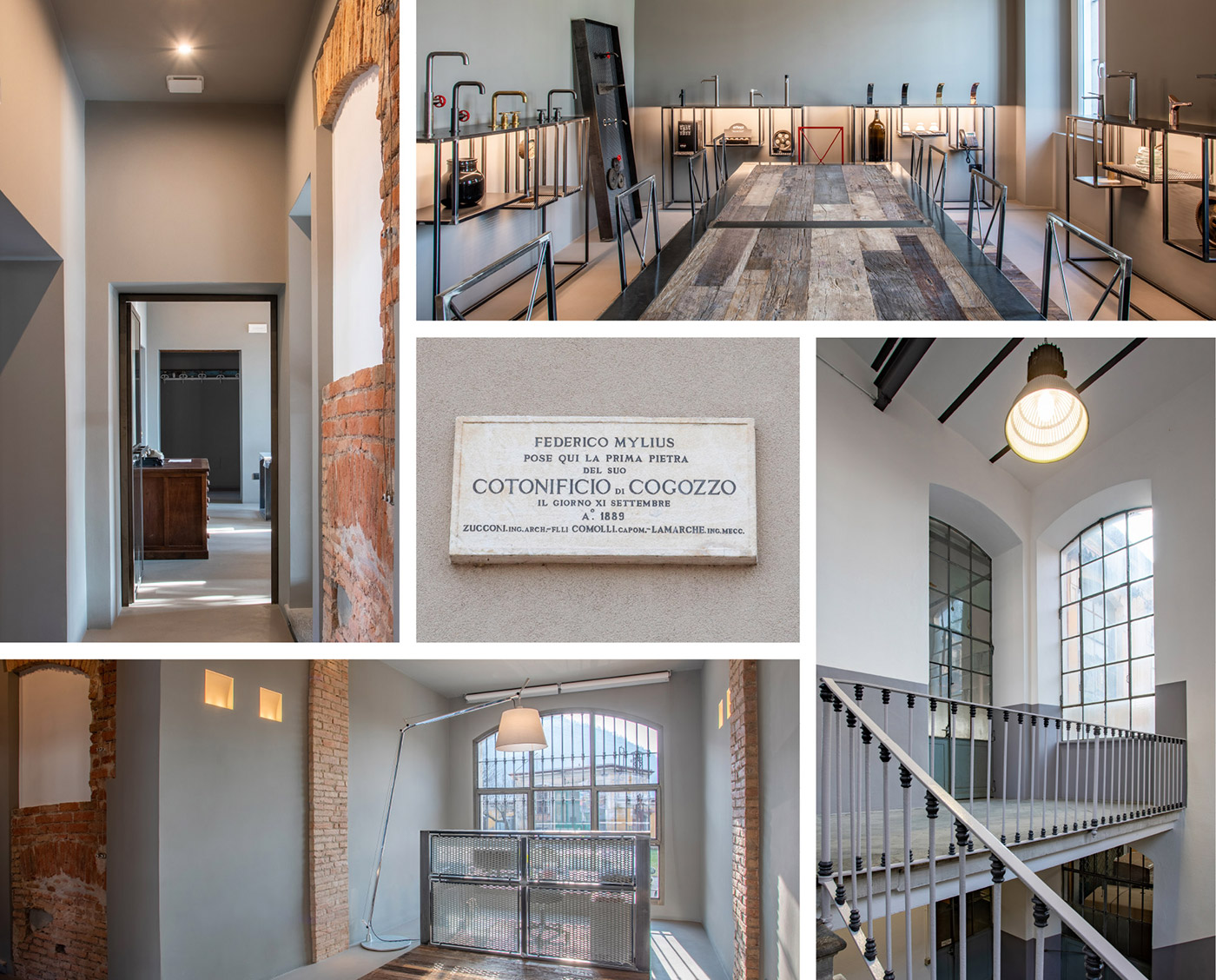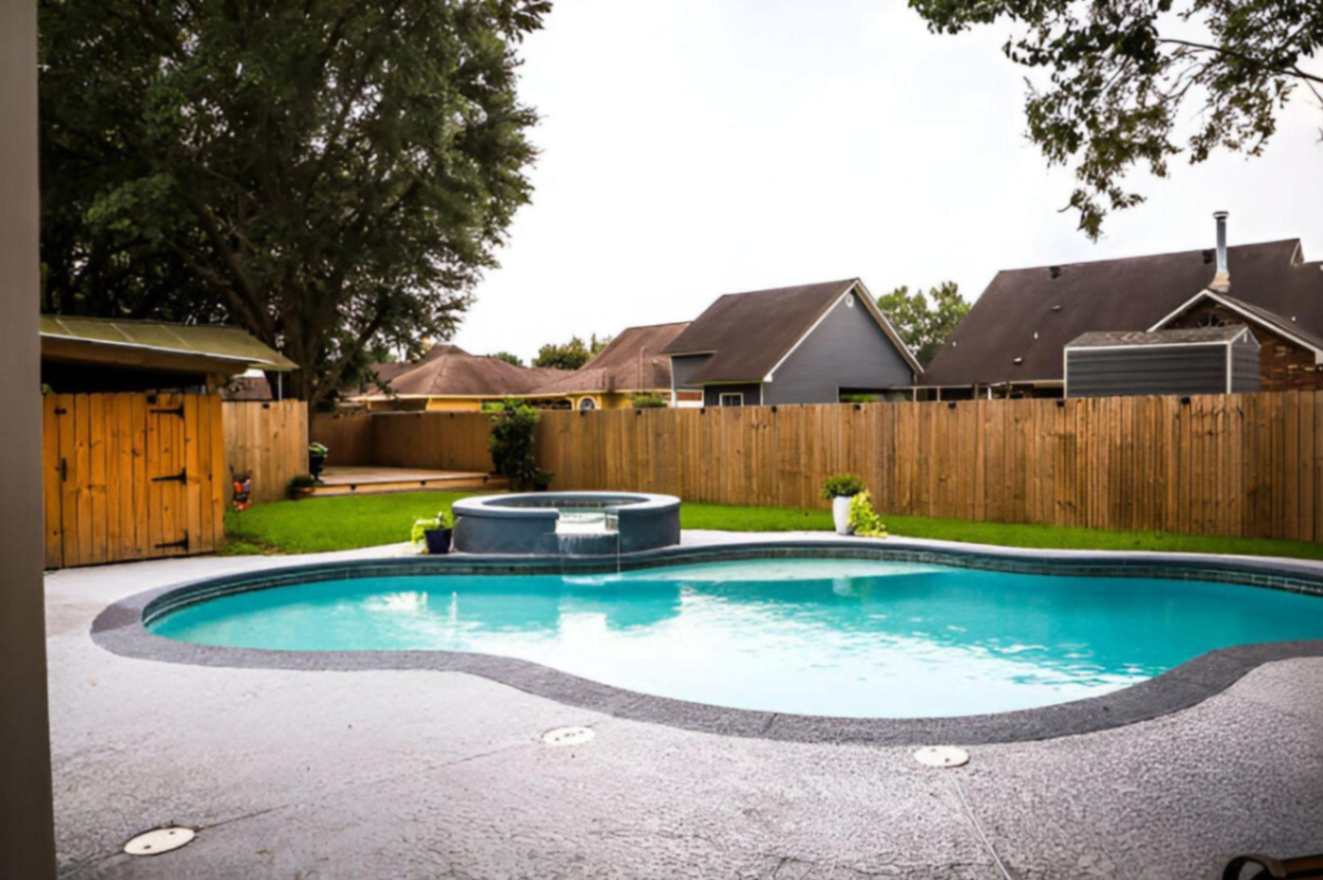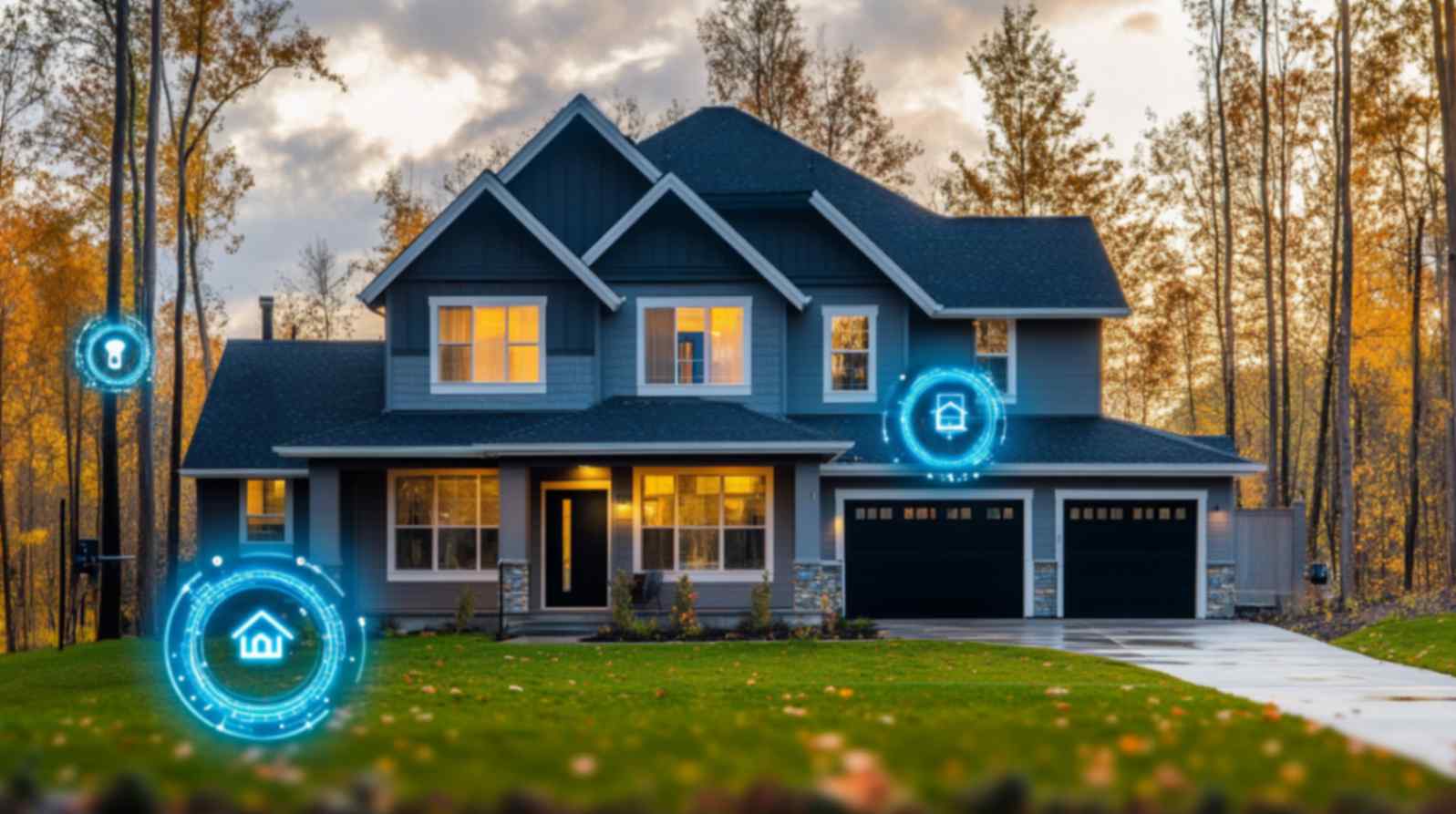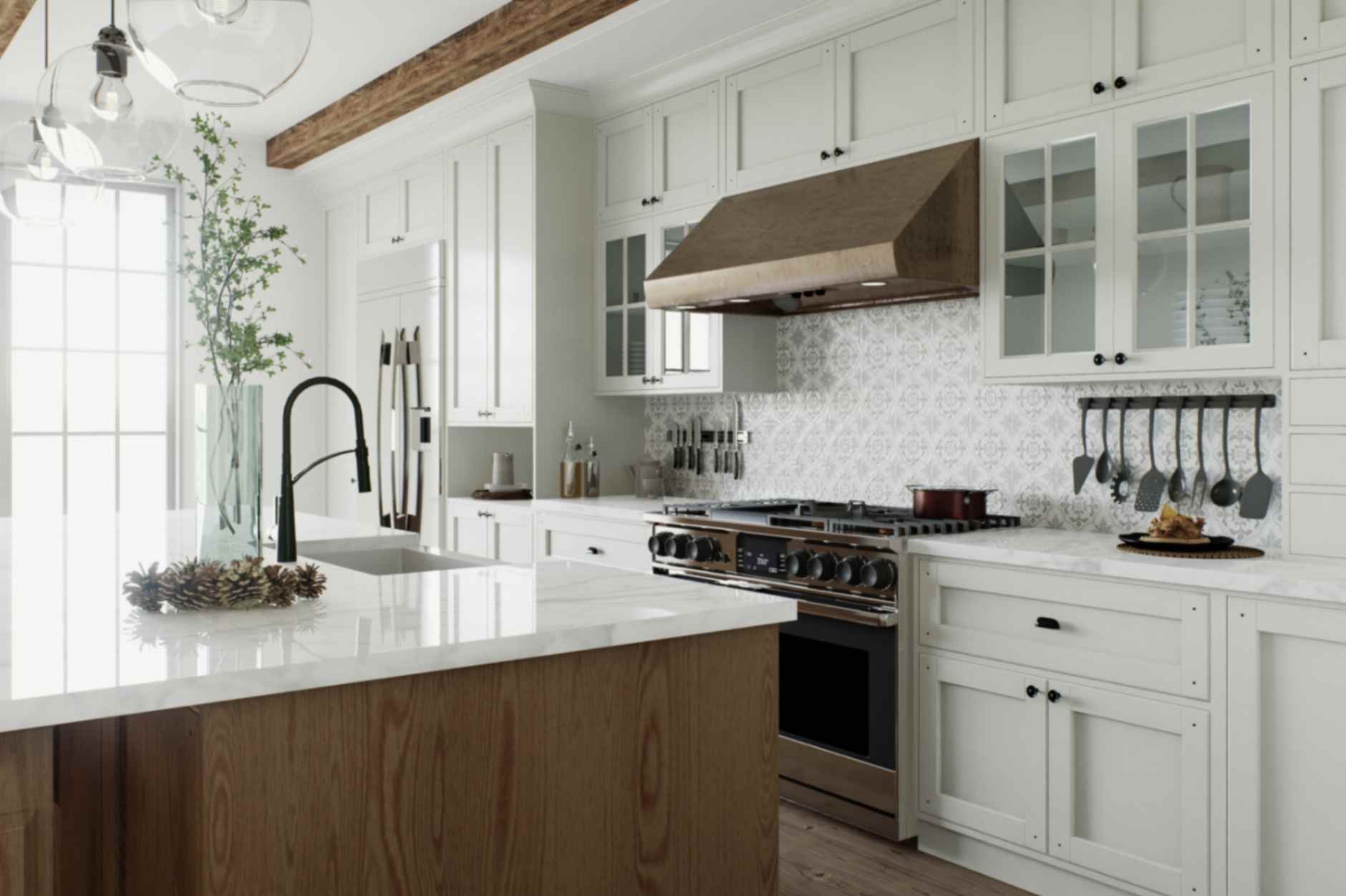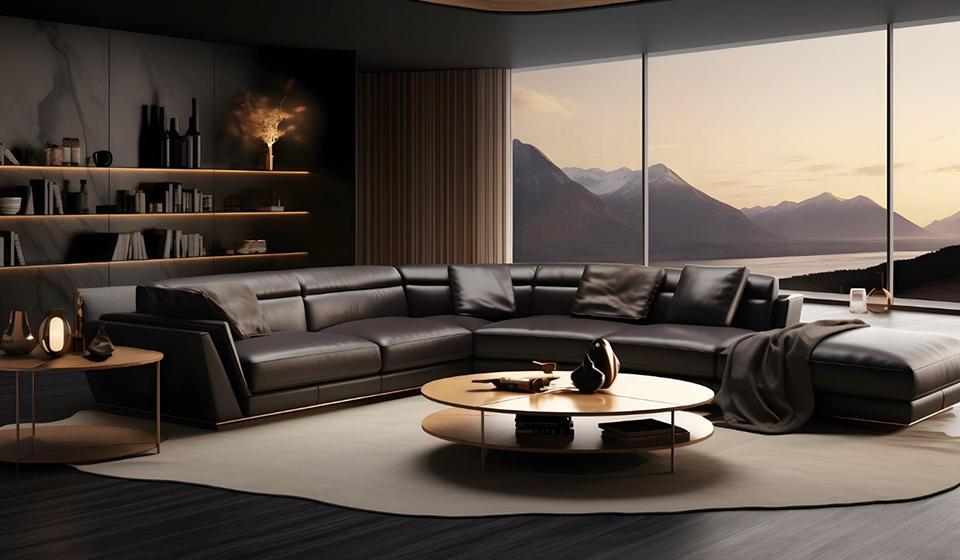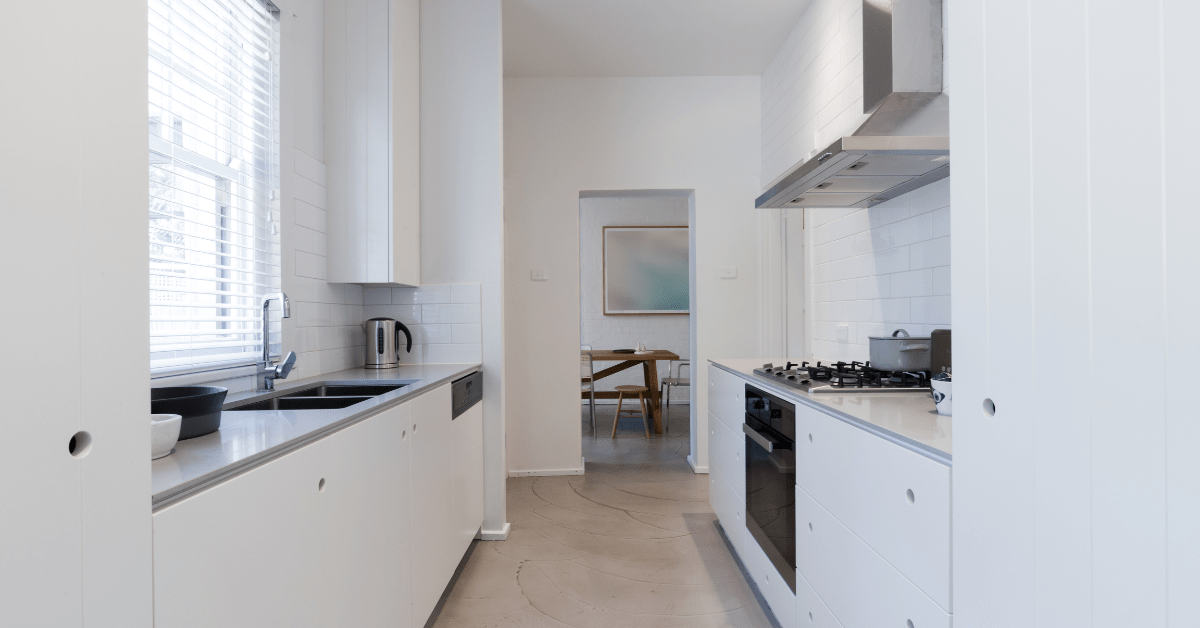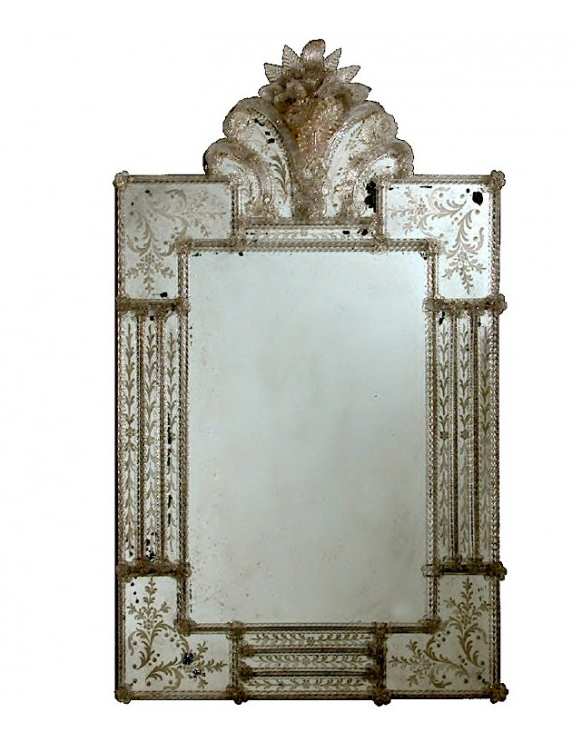Five Ways Tech Developments Have Changed Windows
Modern technology has changed practically every area of our lives, including how weWays Tech Developments Have Changed Windows connect with our homes. Technology has transformed windows, a building’s essential part. These improvements have increased window operation, efficiency, security, and aesthetics. This article discusses five ways tech has affected windows. 1. Electric Window Openers Electric window […] The post Five Ways Tech Developments Have Changed Windows appeared first on Architectures Ideas.
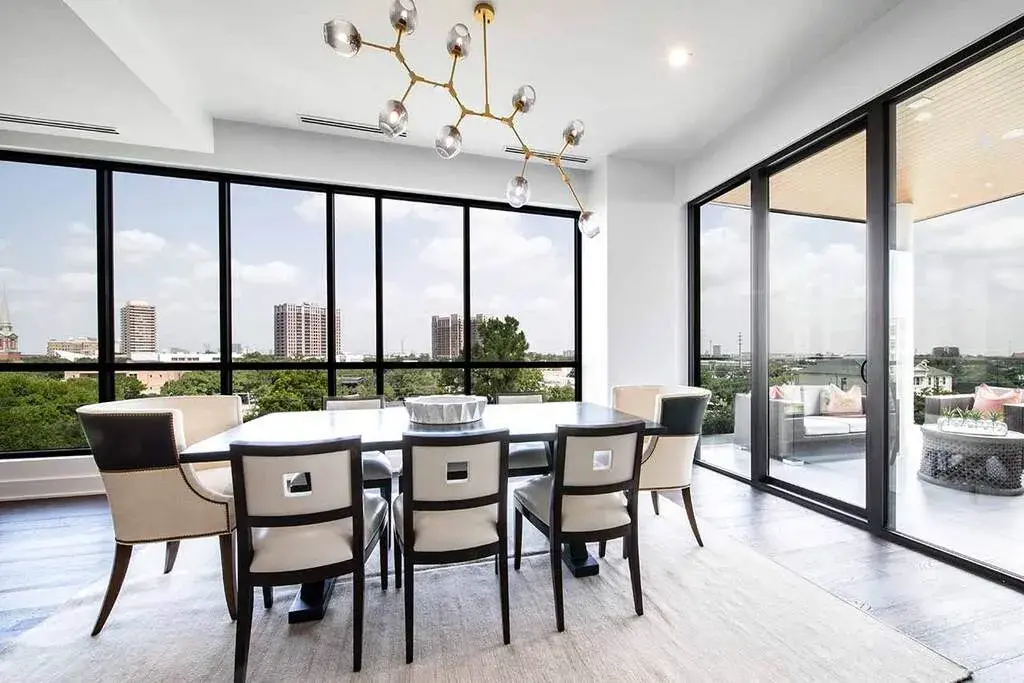
Modern technology has changed practically every area of our lives, including how weWays Tech Developments Have Changed Windows connect with our homes. Technology has transformed windows, a building’s essential part. These improvements have increased window operation, efficiency, security, and aesthetics. This article discusses five ways tech has affected windows.
1. Electric Window Openers
Electric window openers are another advancement in window technology. These gadgets let users open and close windows with a remote, smartphone app, or voice command. They are helpful for hard-to-reach windows or persons with disabilities. They improve convenience and can be incorporated into smart home systems to automate operations based on weather or indoor air quality. This technology enhances accessibility, ventilation, and energy efficiency in homes and businesses.
2. Smart Glass Technology
Smart glass is a major window technology innovation. This unique material lets users tint and adjust window transparency with a button. Smart or switchable glass can shift from clear to opaque to provide seclusion on demand while letting natural light in. This device decreases energy use by regulating indoor temperatures and lowering heating and cooling. Smart glass also blocks UV radiation, prolonging furniture and carpet life.
Implementing smart glass can help buildings achieve higher energy efficiency and a more comfortable internal atmosphere. By lowering the building’s overall energy consumption, this technology improves the operation of windows and promotes sustainability.
3. Energy-Efficient Windows
Modern materials and design have created energy-efficient windows that limit heat transfer and improve insulation. These windows include numerous panes of glass filled with inert gases like argon or krypton for better thermal insulation. Low-emissivity (Low-E) glass coatings reflect infrared radiation, keeping interiors cooler in summer and warmer in winter. Energy-efficient windows cut heating and cooling costs and carbon footprints and contribute to a sustainable living environment.
Because energy-efficient windows keep the inside temperature constant all year long, they also improve indoor comfort. These developments in window technology assist environmental conservation initiatives and provide financial advantages. By consuming less energy, they contribute significantly to the advancement of a more sustainable future.
4. Enhanced Security Features
Consumers and businesses value security, and window design technology has met this requirement. Modern windows have shatter-resistant glass, strengthened frames, and improved locking mechanisms. Some high-tech windows have sensors and alarms to warn homeowners of prospective break-ins. Smart windows can also be connected to home automation systems for remote monitoring and control, enhancing security and peace of mind.
5. Improved Aesthetics and Customization
Technology has also transformed window aesthetics, allowing many customization choices to fit diverse architectural types and personal tastes. Modern manufacturing allows windows of numerous forms, sizes, and colors with unique designs to match any décor. Digital printing also embeds intricate patterns and images in glass, generating amazing results. This customization improves building aesthetics and enables more creative architectural design.
The Future of Tech in Windows
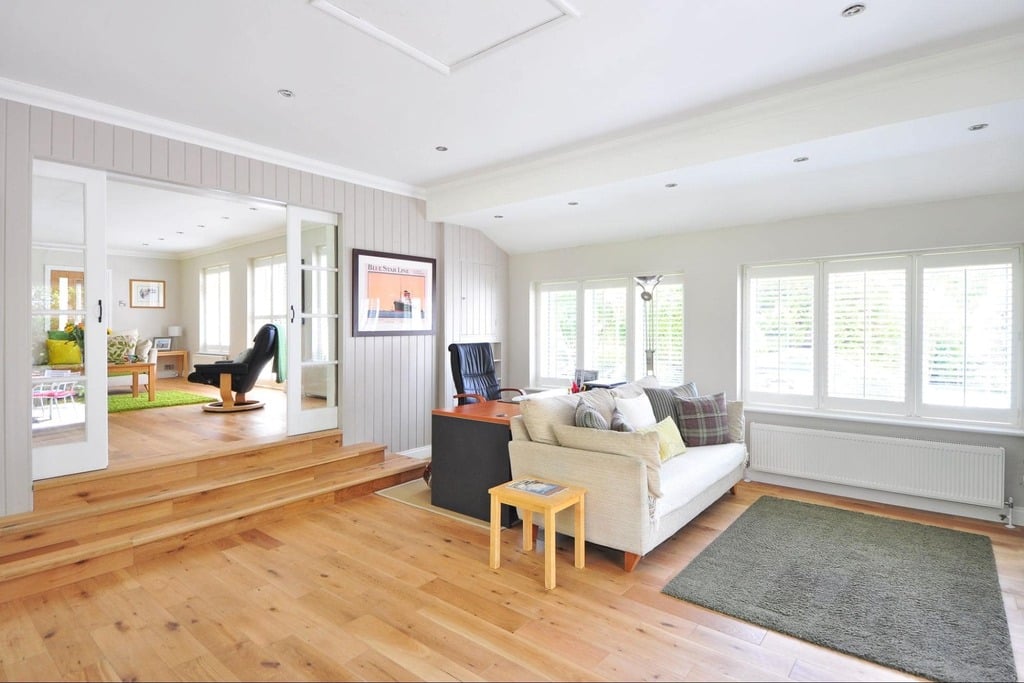
Smart home windows are changing quickly as we move into a more technologically advanced age. Beyond just letting in fresh air and natural light, they’re now also making our houses safer, more comfortable, and more energy efficient by integrating smart technology.
Integration with Home Automation Systems
In the future, home control systems will work with windows in smart houses without any problems. They will have sensors and links to a smart home hub, which will let them open, close, and change window settings automatically. This combination will make things easier for families, save them money on energy costs, and make their homes safer.
Adaptation to Extreme Weather Conditions and Climate Change
The future window styles will be able to adapt to harsh weather and changing climates. They will be able to stand up to high winds, extreme temperatures, and natural disasters thanks to new materials and engineering. More people are worried about climate change, so these new ideas are very important for making sure homes stay safe and last a long time.
These windows that adapt to different climates will protect against damage and be more durable in bad weather, giving families peace of mind and keeping their property safe.
Self-Cleaning Glass
The self-cleaning glass changes everything about windows. It has a special layer that lets sunshine break down biological dirt and wash it away. This saves time because you don’t have to clean the windows by hand. It keeps them clean and lets you see clearly. It’s an easy-to-maintain and very effective option for homes.
Frame and Installation Progressions
In the field of window technology, improvements in frame materials and fitting methods have made windows much more effective. These changes have made windows more durable, insulated, and energy efficient in general.
Electrochromic Innovations
New technologies like electrochromic glass will change how we control light and privacy in our homes. These new technologies give us more freedom and power than ever before by letting us change how clear glass is with the touch of a button. They also save energy by cutting down on the need for artificial lights and cooling. This makes them a safe and cost-effective choice.
Electrochromic technologies are always getting better. It is moving the window business forward and giving people new ways to improve their houses.
Modern Installation Methods to Minimize Energy Loss
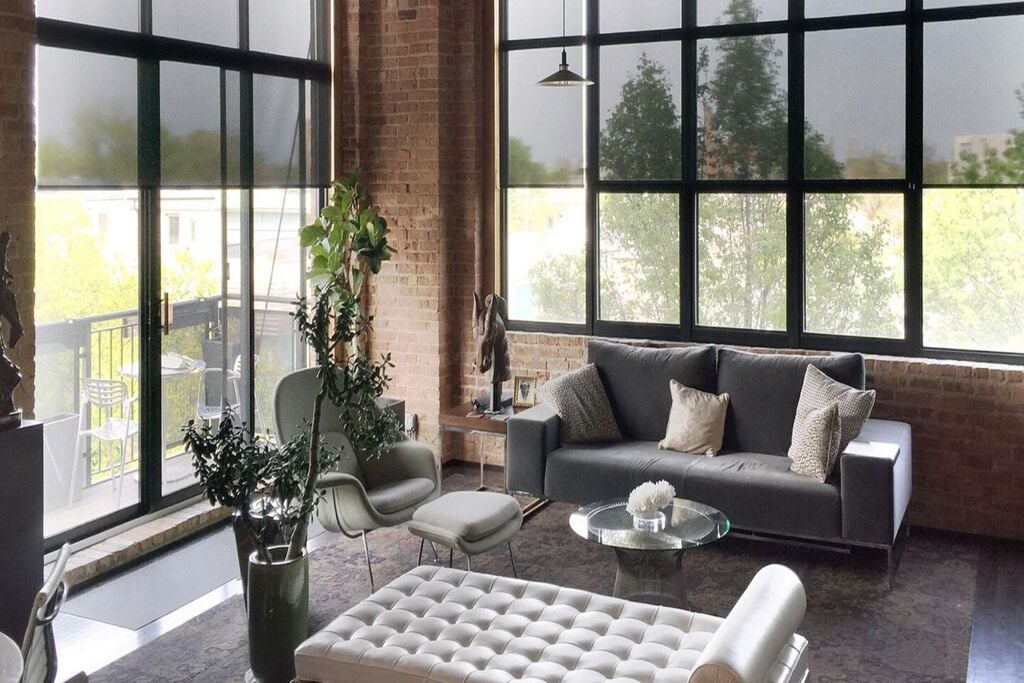
Modern window installation methods have changed over time to better fit windows and keep energy from escaping. Professional installers now do things like properly closing, insulating, and reducing air leaks, of course. These steps make sure that windows fit firmly and tightly, stopping air and heat from escaping. This generally makes energy use much more efficient.
Using high-quality materials and these advanced building methods are both necessary to keep energy costs low and keep the air inside comfortable. Not only do they make windows work better, but they also help lower energy bills and cut down on carbon emissions.
Energy Efficiency in New Window Technologies
Buildings are much more energy efficient now that there are new window solutions available. High-performance glass materials and improved frame methods have made these advances much more energy-efficient for lighting, heating, and cooling. This means that buildings with these kinds of technologies can lower their energy use and carbon footprint while still keeping everyone comfortable.
Conclusion
Technology has made windows more practical, efficient, secure, and attractive. These innovations—from smart glass technology and automatic window openers to energy-efficient designs, increased security, and improved customization—have elevated windows in modern architecture. More fascinating technological breakthroughs will improve our lives and interactions with our built environments.
In Case You Missed It!
- How to Choose the Best Windows and Doors for Your Home
- 8 Effective Ways to Increase Your Home Value
- Which Window is More Suitable for a Private House: Plastic or Wood?
The post Five Ways Tech Developments Have Changed Windows appeared first on Architectures Ideas.


